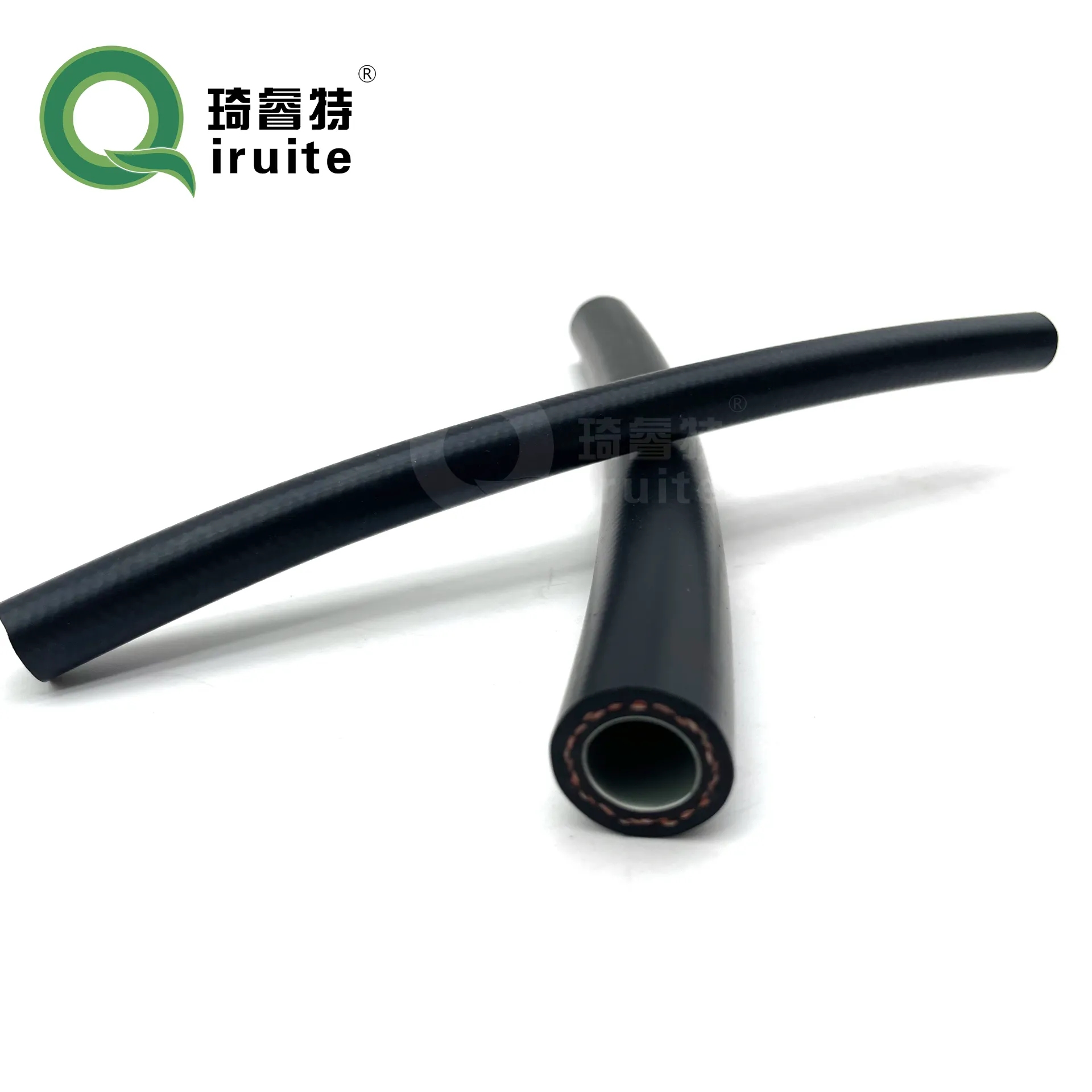replacing the power steering hose
Replacing the Power Steering Hose A Comprehensive Guide
Replacing the power steering hose is an essential maintenance task that can significantly improve the performance and safety of your vehicle. The power steering system is crucial for providing ease of handling and maneuverability, especially at low speeds. Over time, the power steering hose can wear out due to exposure to heat, ozone, and constant movement. When it begins to leak or becomes damaged, it can lead to a loss of power steering fluid and, consequently, power steering failure. In this guide, we’ll walk you through the steps needed to replace a power steering hose effectively.
Understanding the Power Steering Hose
The power steering hose connects the power steering pump to the steering gear, facilitating the hydraulic fluid's movement that assists in steering. There are typically two hoses the high-pressure hose, which carries fluid from the pump, and the low-pressure return hose, which returns fluid to the reservoir. Identifying which hose needs replacement is the first step in this process.
Tools and Materials Needed
Before you begin, you’ll need a few tools - Socket and wrench set - Screwdrivers (flathead and Phillips) - Pliers - Fluid catch container - Clean rags or shop towels - New power steering hose - Power steering fluid
Steps to Replace the Power Steering Hose
1. Preparation Park your vehicle on a flat surface and engage the parking brake. Make sure the engine is off and allow it to cool down before beginning the process.
2. Locate the Power Steering Hose Open the hood and locate the power steering pump, which is typically found on the front of the engine. Trace the hose from the pump to the steering gear or rack to identify the one that needs replacing.
replacing the power steering hose

3. Drain the Power Steering Fluid Place a fluid catch container under the power steering pump. Use a wrench to disconnect the hose fittings carefully. Expect some fluid to spill out, so allow it to drain completely. Be sure to clean any spills immediately to avoid damage to your vehicle’s paint.
4. Remove the Old Hose After draining the fluid, use pliers or a wrench to remove the old hose from the pump and the steering gear. Be careful not to damage the fittings during this process. Inspect the old hose for any signs of wear, such as cracks or bulges.
5. Install the New Hose Take your new power steering hose and connect it to the power steering pump first, ensuring it fits securely. Then, connect the other end to the steering gear or rack. Make sure the hose clamps are tightened properly, but be cautious not to overtighten, as this can cause damage.
6. Replenish Power Steering Fluid Once the new hose is in place, refill the power steering fluid reservoir with the appropriate fluid recommended by the vehicle manufacturer. It’s crucial to use the correct type of fluid to ensure the system functions properly.
7. Bleed the Power Steering System Start the engine and turn the steering wheel from lock to lock several times. This action helps to eliminate any air trapped in the system, which can cause steering issues. Afterward, check the fluid level and add more if necessary.
8. Test Drive Before taking your vehicle back on the road, perform a quick test to ensure the steering feels responsive and there are no leaks around the connections. Take a short drive, checking for any unusual noises or resistance when steering.
Conclusion
Replacing a power steering hose may seem daunting, but with the right tools and a careful approach, it can be done efficiently. Regularly checking your power steering system can prevent more significant issues down the line, ensuring a smoother driving experience. If at any point you feel uncomfortable performing this task, don’t hesitate to seek help from a professional mechanic. Maintaining your vehicle not only enhances its performance but also keeps you and your passengers safe on the road.
-
Ultimate Spiral Protection for Hoses & CablesNewsJun.26,2025
-
The Ultimate Quick-Connect Solutions for Every NeedNewsJun.26,2025
-
SAE J1401 Brake Hose: Reliable Choice for Safe BrakingNewsJun.26,2025
-
Reliable J2064 A/C Hoses for Real-World Cooling NeedsNewsJun.26,2025
-
Heavy-Duty Sewer Jetting Hoses Built to LastNewsJun.26,2025
-
Fix Power Steering Tube Leaks Fast – Durable & Affordable SolutionNewsJun.26,2025

